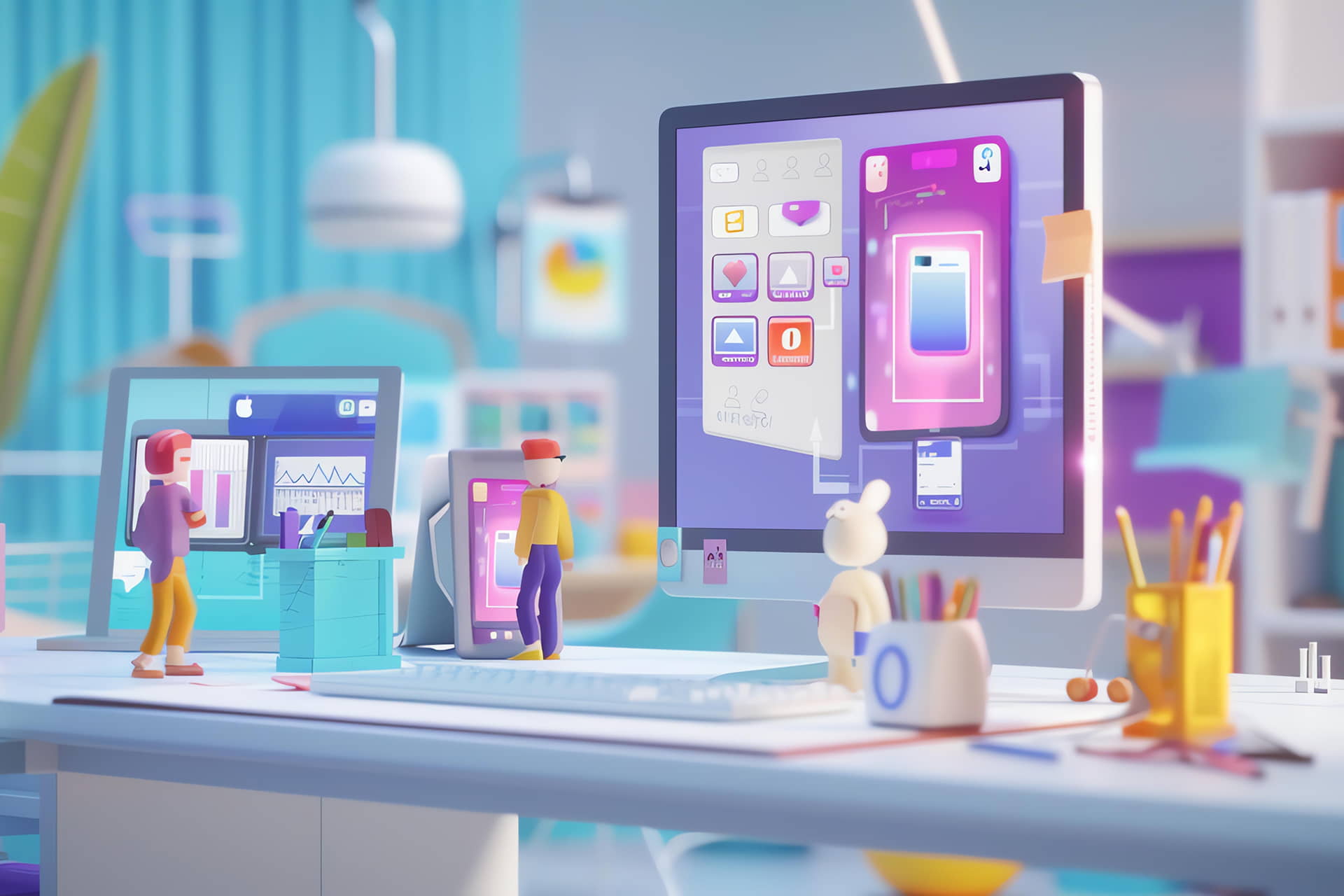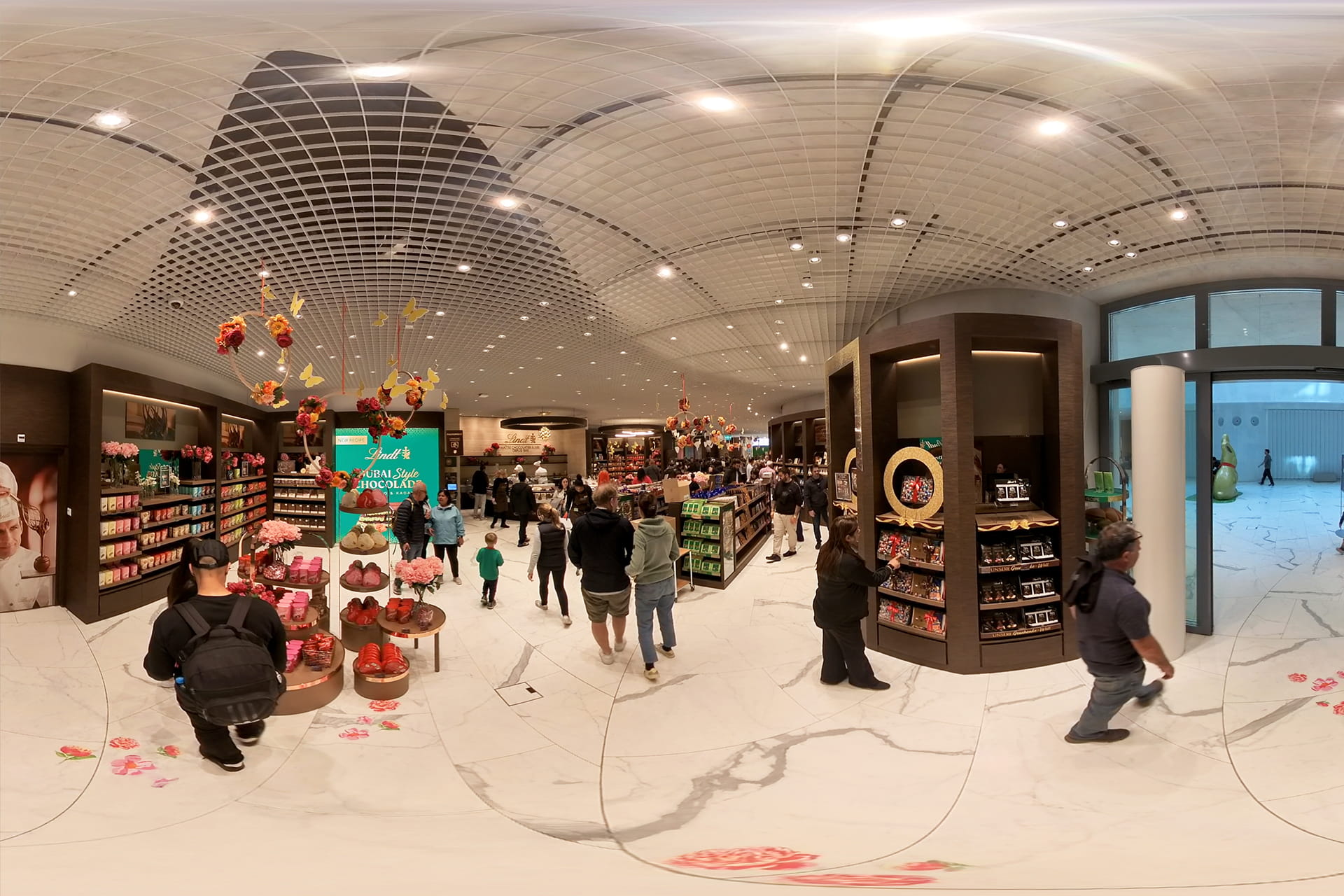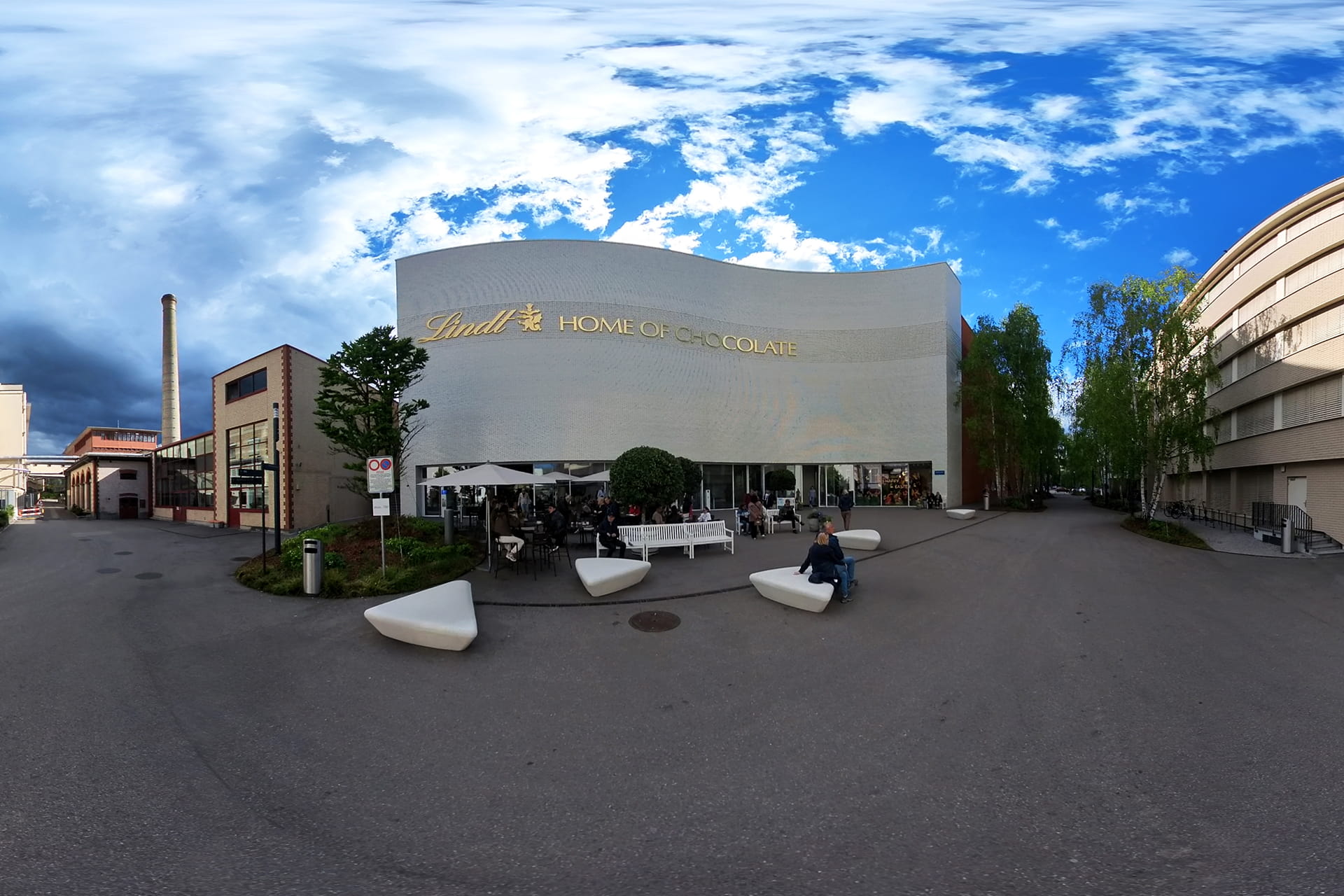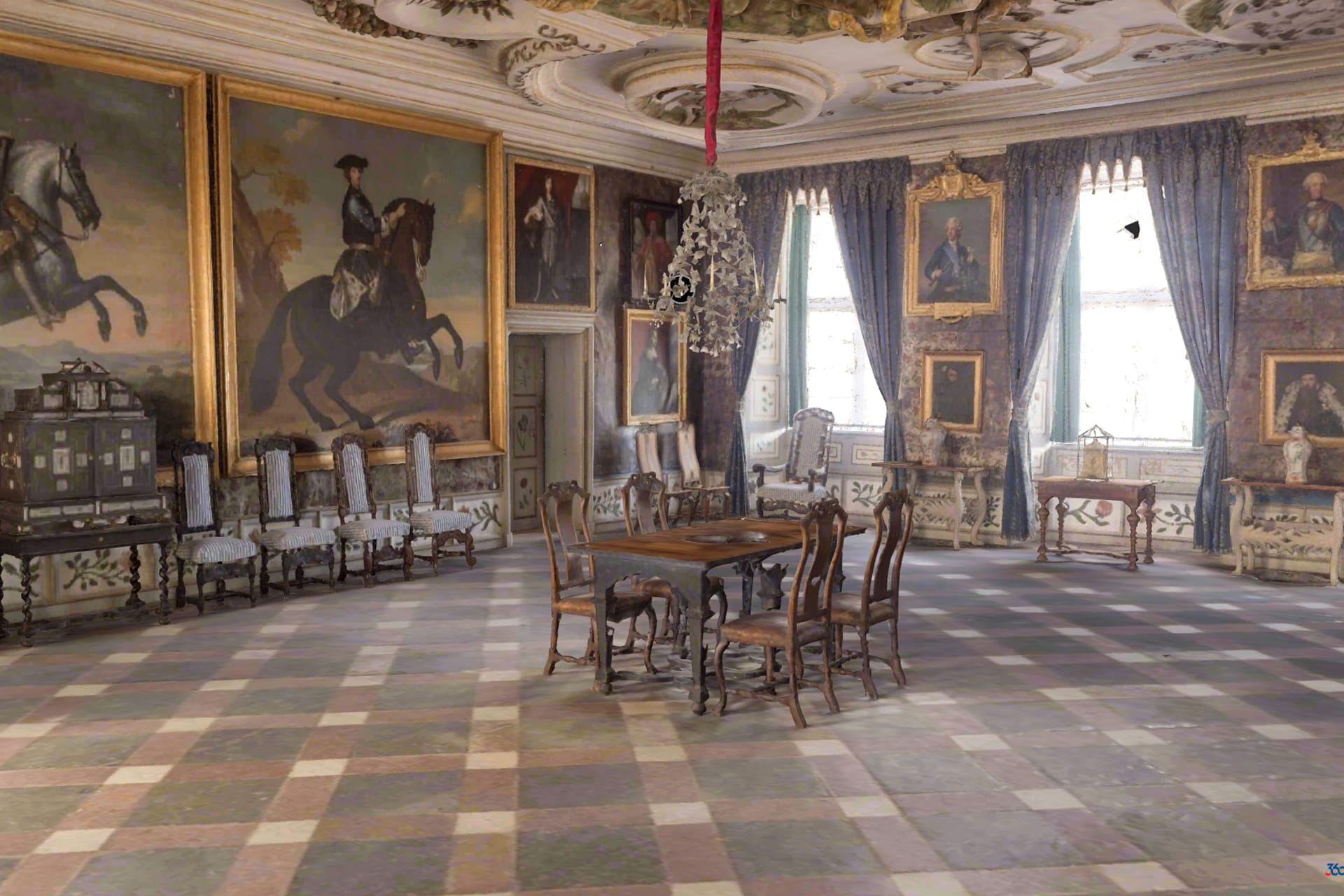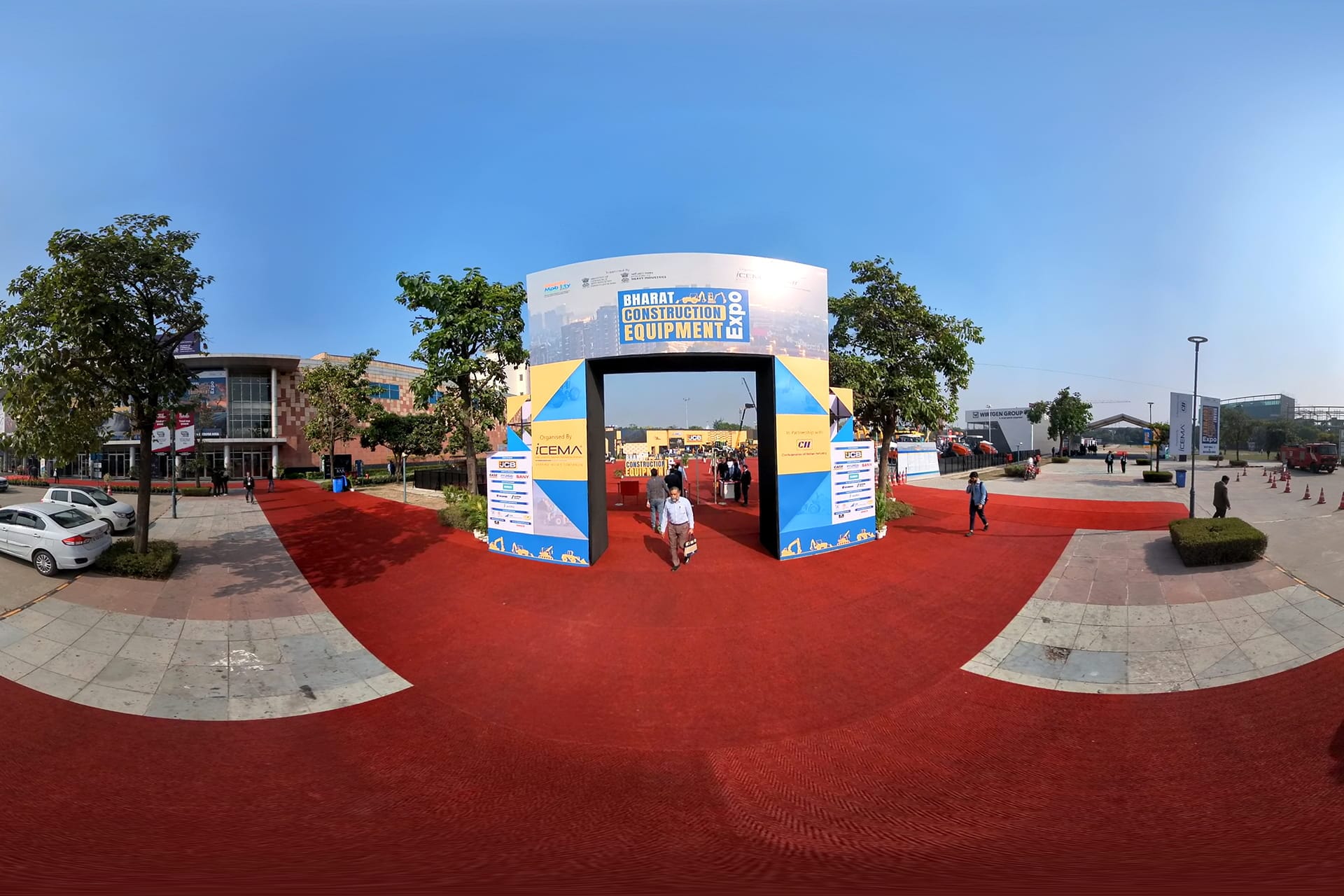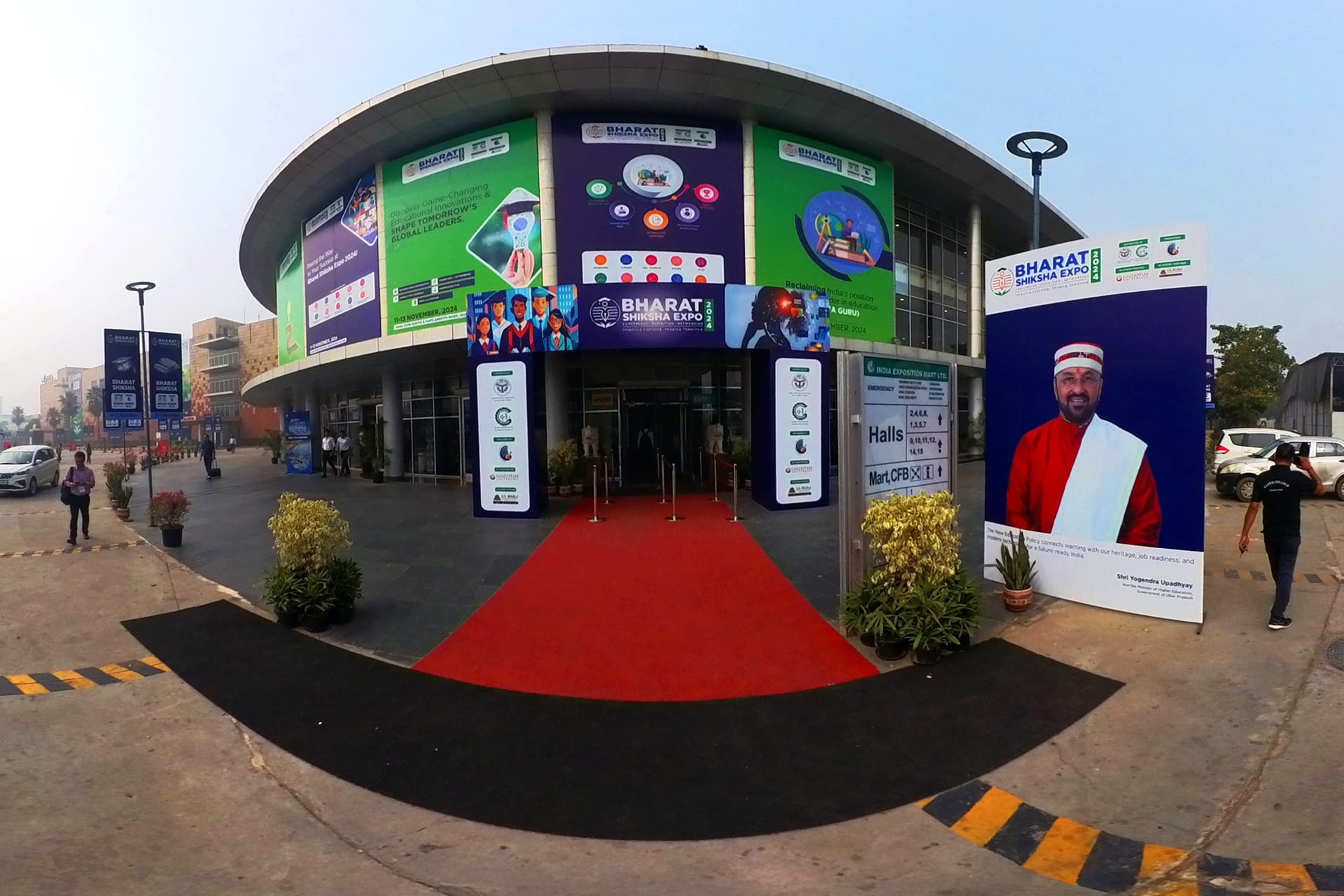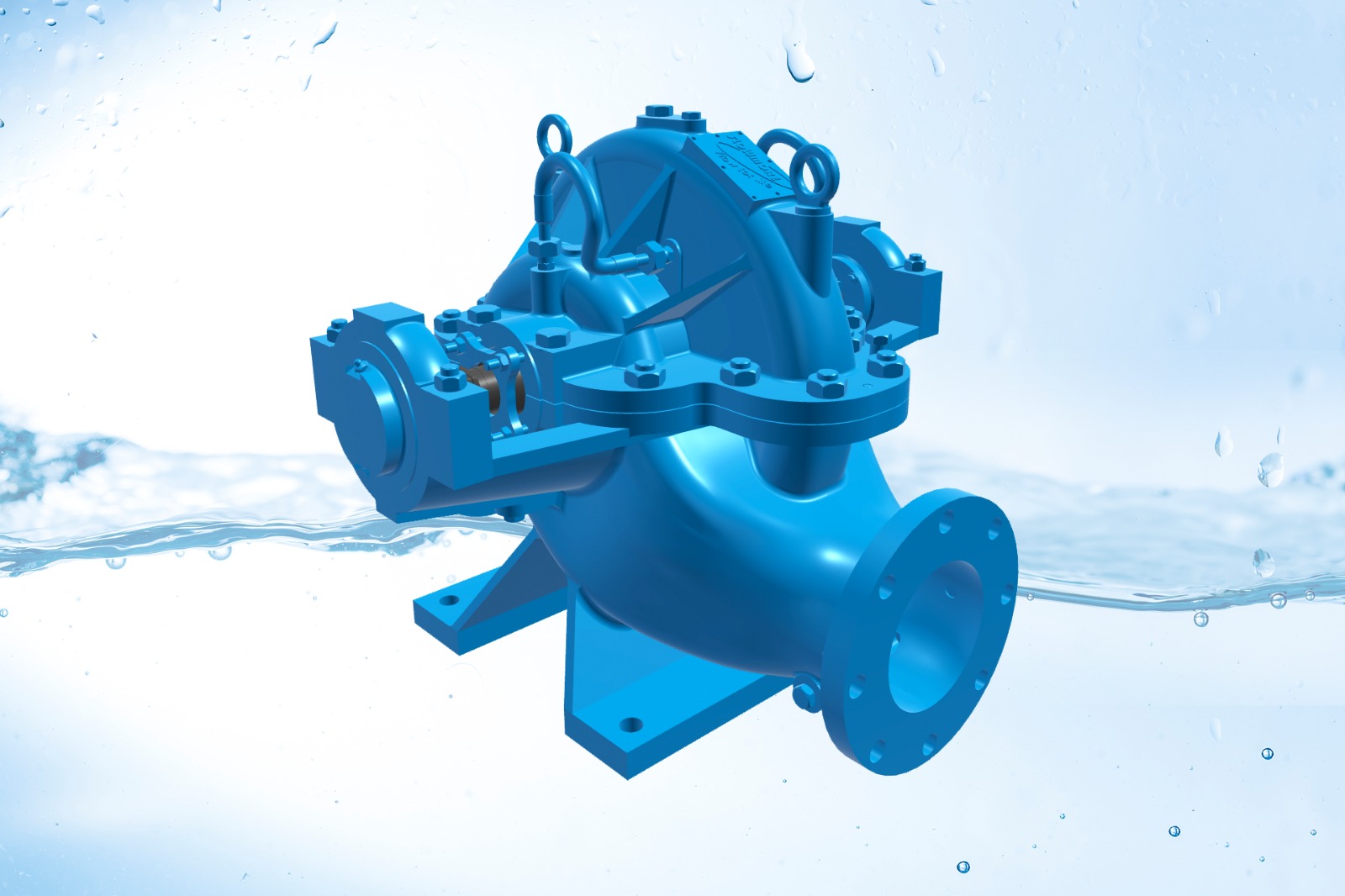In today’s competitive digital marketplace, traditional product photos and videos aren’t enough to keep customers engaged. Brands that adopt 3D product modeling with hotspot integration are not only capturing attention but also driving higher conversions and reducing returns.
In this blog, we’ll highlight real-world case studies of brands that successfully used 3D product modeling to transform their sales and customer experiences.
Case Study 1: IKEA – Revolutionizing Furniture Shopping
IKEA is a global leader in embracing 3D product visualization.
- The IKEA Place AR app allows users to place furniture in their homes virtually.
- Customers explore furniture in 3D, rotate it, and view dimensions in real-time.
- Result: IKEA reduced purchase hesitation and boosted customer confidence.
Impact: Significant increase in online conversions and reduced returns.
Case Study 2: Nike – Personalized 3D Sneaker Experience
Nike leveraged 3D product modeling to create personalized shopping journeys.
- Customers could customize sneakers in 3D, changing colors and materials interactively.
- Hotspots displayed material details and customization options.
- Result: A surge in user engagement and increased sales in their online store.
Impact: Higher brand loyalty and improved sales of limited-edition products.
Case Study 3: Tesla – Immersive Automotive Visualization
Tesla uses 3D product modeling and configurators to showcase cars online.
- Customers explore cars from every angle with interactive 3D viewers.
- Hotspots provide insights into engine performance, interiors, and safety features.
- Buyers can configure colors, wheels, and trims before ordering.
Impact: Increased online vehicle reservations without test drives.
Case Study 4: Sephora – 3D Beauty Product Visualization
Sephora has integrated AR and 3D modeling into its beauty shopping experience.
- Customers can try-on cosmetics virtually using AR and 3D facial mapping.
- Hotspots highlight product details like ingredients and application methods.
- Result: Customers gained confidence in online beauty purchases.
Impact: Reduced return rates for cosmetics and higher online engagement.
Case Study 5: Samsung – Consumer Electronics in 3D
Samsung leverages 3D models with hotspots to showcase its electronics.
- Smartphones and gadgets can be rotated and explored in detail.
- Hotspots explain camera features, ports, and performance specs.
- Result: Customers gain complete understanding of complex products before buying.
Impact: Improved conversion rates for premium devices online.
Key Takeaways from These Brands
- Immersive experiences build trust – Customers feel more confident making purchases.
- Hotspot integration enhances interactivity – Providing details exactly where needed.
- 3D modeling reduces returns – By setting accurate expectations.
- Personalization drives engagement – Giving customers the power to customize.
Conclusion
From IKEA’s furniture AR app to Nike’s customizable sneakers and Tesla’s 3D car configurators, leading brands are proving that 3D product modeling with hotspot integration is a game-changer. These case studies show how interactive 3D visualization can boost engagement, build customer confidence, and drive sales growth.
At 360Biznus, we help businesses of all sizes implement web-ready 3D product models with hotspot integration, creating experiences that rival the world’s top brands.
Get in Touch
Whether you want to develop a new 360 Virtual Tour, 3D Product Display, 360 Product Spin Photography, Google 360 Street View or update an existing 360 Virtual Tour, we're eager to assist.
Call / Email Us / fill in the form below.


